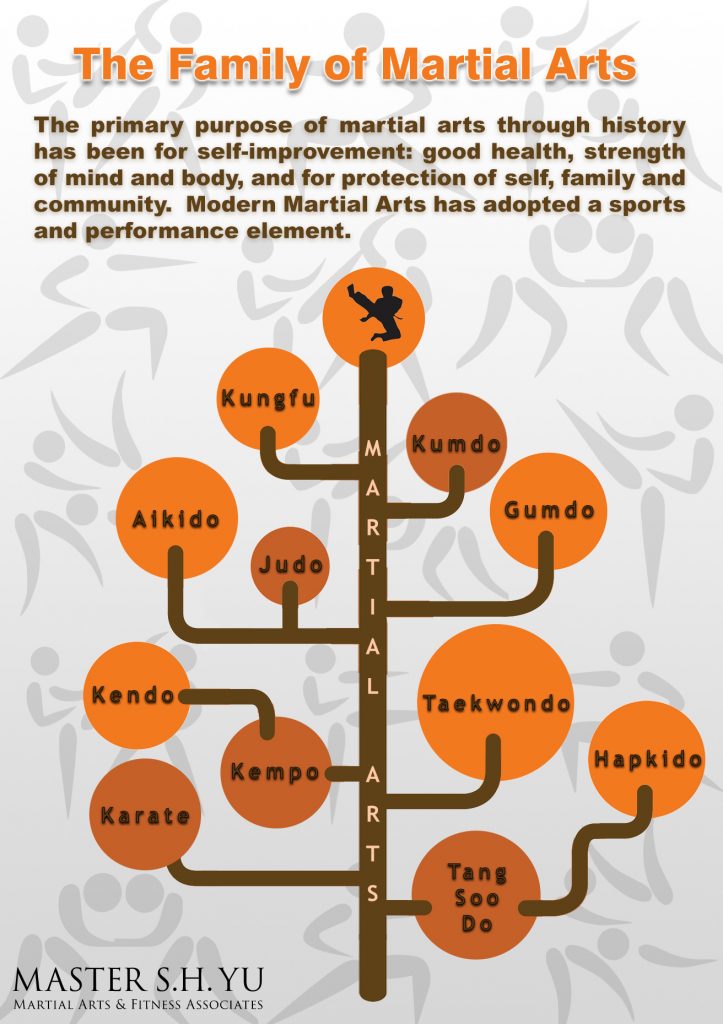Exploring The Rich Heritage And Spiritual Dimensions Of Martial Arts
Exploring The Rich Heritage And Spiritual Dimensions Of Martial Arts
Blog Article
Content Writer-McGrath Wall
Step into the old globe where martial arts were substantiated of necessity in diverse areas. Societies crafted unique combating designs linked with historic contexts. Techniques advanced over centuries with devoted method and cultural exchanges. Today, contemporary martial arts blend conventional elements for maximum effectiveness. Philosophically, martial arts stress technique, self-improvement, and consistency. Respect, humbleness, and balance are foundational principles assisting professionals towards development and durability. Discover the midsts of this abundant background and ideology to uncover the profound impacts shaping this enduring discipline.
Beginnings of Martial Arts
Fighting style came from numerous regions around the world, advancing as practical combat systems to resist threats. https://www.onefc.com/news/i-love-this-fight-liam-harrison-previews-tawanchai-vs-superbon-world-title-showdown/ battling designs were developed out of need, with each culture crafting techniques matched to their one-of-a-kind settings and difficulties. From the grappling arts of Jujutsu in Japan to the striking strategies of Kung Fu in China, martial arts were deeply linked with the historical, social, and cultural material of their particular societies.
In Japan, the samurai class polished martial arts like Kenjutsu, the art of the sword, which later on advanced into the a lot more popularized kind of Kendo. At the same time, in Brazil, Capoeira became a blend of dancing and battle, produced by enslaved Africans as a way to withstand fascism. Each martial art carries with it a rich history and viewpoint, reflecting the worths and beliefs of the people who exercised them.
As you look into the beginnings of martial arts, you uncover a tapestry of human ingenuity, durability, and the stubborn spirit of warriors throughout time.
Evolution of Methods
Through centuries of practice and improvement, fight techniques within various martial arts have actually undertaken a profound evolution. From is martial arts good for kids like Martial art and Martial arts to much more contemporary self-controls such as Brazilian Jiu-Jitsu and Krav Maga, the development of methods has actually been driven by a combination of cultural impacts, useful applications, and technological advancements.
One substantial element of this development is the cross-pollination of techniques between different martial arts. As an example, methods from traditional Japanese Jiu-Jitsu were incorporated into the creation of Judo by Jigoro Kano in the late 19th century. This blending of styles has caused the advancement of crossbreed martial arts like Mixed Martial Arts (MIXED MARTIAL ARTS), which incorporate aspects of striking, grappling, and entry strategies.
Moreover, filipino martial art of strategies has been formed by the raising emphasis on performance and performance in battle. Professionals have actually continuously looked for to fine-tune their strategies via extensive training, experimentation, and competitors, resulting in the growth of highly specialized and efficient combating designs. In general, the evolution of strategies in martial arts shows the dynamic nature of battle and the recurring pursuit for enhancement and advancement.
Philosophical Structures
Discovering the underlying thoughtful principles of martial arts offers understanding into their core values and directing ideas. At the heart of many martial arts disciplines is the concept of technique itself. By educating your mind and body to serve as one cohesive system, you cultivate self-control that prolongs beyond the dojo or health club right into day-to-day life. This self-control encompasses respect, humility, and self-control, forming not just your physical abilities however additionally your personality.
Another fundamental philosophical structure in martial arts is the idea of continuous self-improvement. The trip of grasping a fighting style is never-ending, with specialists regularly striving to much better themselves, both literally and psychologically. This concentrate on development promotes resilience, willpower, and a growth way of thinking that can be put on all elements of life.
Moreover, martial arts highlight the significance of consistency and balance. visit this link are developed to make use of an opponent's energy against them, highlighting the principle of yielding and rerouting pressure instead of satisfying it head-on. This philosophy includes interpersonal partnerships, promoting calm resolutions and good understanding. By accepting these philosophical foundations, martial artists not just boost their fight abilities but also cultivate a way of life centered on personal development, regard, and consistency.
Final thought
In conclusion, the background and approach of martial arts offer a rich tapestry of practice, technique, and self-improvement.
Consider example the tale of Bruce Lee, that changed martial arts by mixing different designs and philosophies to produce his own unique type of Jeet Kune Do.
Through devotion and innovation, martial artists remain to push limits and motivate others to reach their complete possibility both in combat and in life.
